There are artifacts that are not displayed in museums, not made of metal, guns, bullets or flags… but have priceless historical value. In the memories of the reunification day of April 30 , Colonel, poet, veteran Dang Vuong Hung - founder of the "Soldier's Heart" Organization - mentioned a special souvenir that, according to him, "is a living symbol of the sacrifice of intellectual soldiers, silently contributing to the final victory".
That artifact is not in the official archive, but exists as a living heritage: hundreds of handwritten letters of the martyr - young scientist Hoang Kim Giao , collected by Mr. Hung and compiled into the book "Living to love and dedicate".
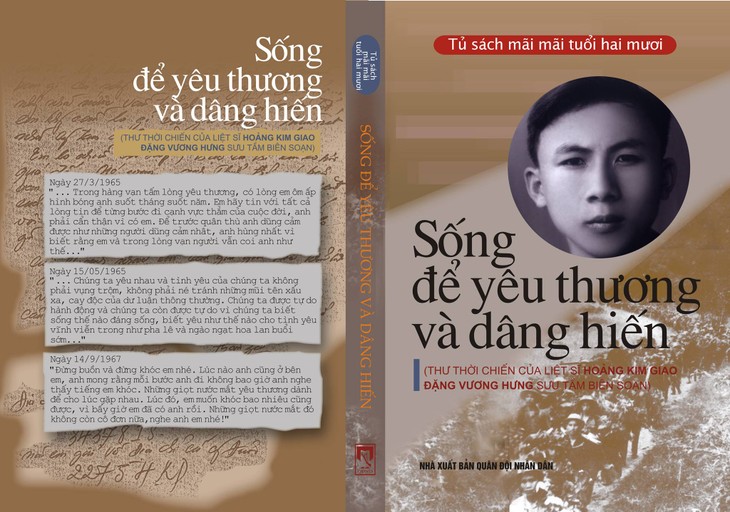 |
| Images of the book Living to love and dedicate were collected by Colonel and writer Dang Vuong Hung from the letters of the heroic martyr and young scientist Hoang Kim Giao. |
“Not weapons, uniforms or liberation flags, but sometimes, handwritten letters – fragile pieces of paper left over from the war – are what most deeply contain the spirit of the April 30 era” – Colonel and writer Dang Vuong Hung shared when mentioning the artifact he once cherished: the collection of letters from martyr Hoang Kim Giao.
April 30, 1975 has gone down in national history as a glorious milestone of victory, but hidden deep in the memories of veterans and collectors are “soft evidence” that not everyone has ever known. In the journey to find vivid memories from the war, Colonel Dang Vuong Hung said: “ Wartime letters not only recount the war, but are also a part of the victory. They are spiritual artifacts as important as tanks and guns”.
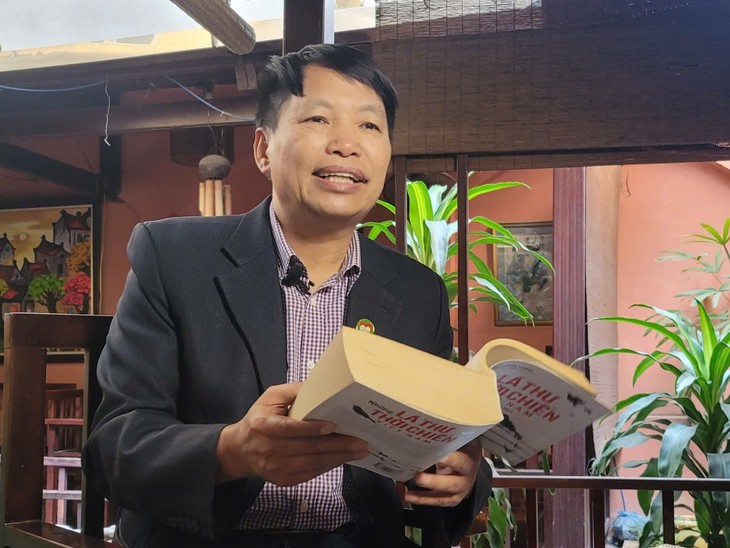 |
| Colonel, writer Dang Vuong Hung, founder of the Soldier's Heart Organization and the Forever 20 Bookshelf. |
“Martyr Hoang Kim Giao – from Hai Phong – born in 1948, is a very special young scientist. He was well-trained, holding two regular university degrees in nuclear physics and mathematics. In particular, he was self-taught and could use many foreign languages such as Russian, Chinese, French, Spanish… An outstanding intellectual in the field of natural sciences,” Mr. Dang Vuong Hung shared.
In 1968, when he was only 20 years old, Hoang Kim Giao was assigned to participate in a top secret project: to destroy magnetic bombs and mines – weapons that the US Air Force used to blockade Hai Phong port and the strategic Truong Son supply route. As a result, he and his teammates defused thousands of dangerous bombs. “I personally defused dozens of them,” said Mr. Hung.
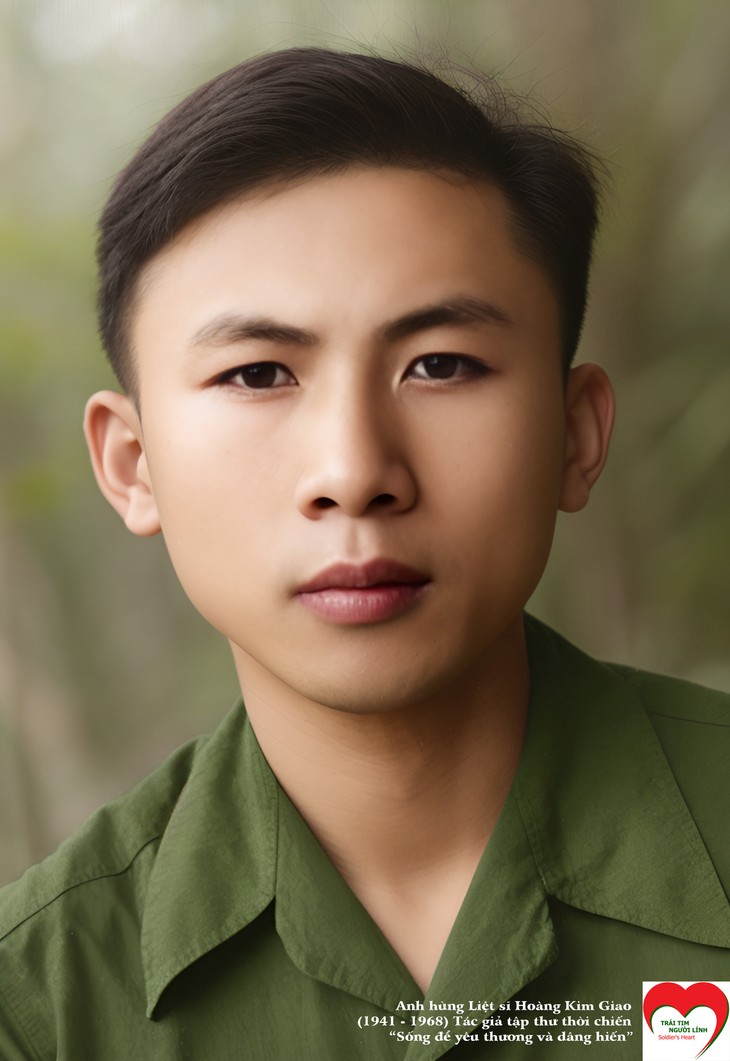 |
| Portrait of heroic martyr, young scientist Hoang Kim Giao |
The tragedy happened just when the mission seemed to be complete. On his way back to Hanoi to report, he was asked to defuse a remaining bomb in Quynh Luu, Nghe An. “Even though it was not part of the assigned mission, I still accepted. That was the last time I was deployed in my life,” Mr. Hung emotionally recalled.
The 300kg bomb suddenly exploded. The bodies of two soldiers – Hoang Kim Giao and his driver – melted into the ground. “The local authorities mobilized two militia platoons to search for the bodies, but after many hours they only collected more than one kilogram of the remaining body parts… To arrange the burial, the people added banana roots and a few small fish into the two coffins – as a way to symbolize the bones.”
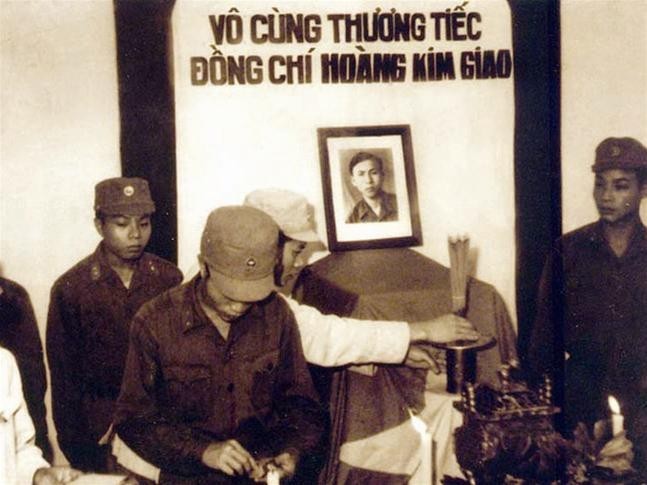 |
| Funeral of martyr Hoang Kim Giao. Photo by Phung Nguyen - Tien Phong Newspaper. |
Today, at Truong Bon Historical Site, Nghe An, there is a special grave: the wind grave of martyr Hoang Kim Giao – no remains, just a symbol. “Once, I took students from the ‘Forever 20’ Club to visit his grave. When I said it was a ‘wind grave’, they asked: ‘What is a wind grave?’ – I answered: it is a grave without remains. Then they asked: ‘Where are the remains of the martyr?’ – I didn’t know how to explain… Because in reality, with special forces, air force, navy soldiers, or those who carried huge explosives into the battlefield… when they sacrificed, their bodies dissolved with their mission. As the lyrics of a song say: “The remains have been buried in the far away land of victory…”.
The remaining letters are all the family has kept – handwritten notes sent to relatives, lovers, and comrades – from an outstanding son of the country. The family gave them to Mr. Hung in the campaign “Letters from the Vietnam War”.
“I compiled it into a book called ‘Living to Love and Devote’, published by the People’s Army Publishing House,” he said. The book later created a big buzz, was published as a long-term column in Tien Phong newspaper, and became a source of inspiration for the younger generation. From those letters, martyr Hoang Kim Giao was posthumously awarded the title of Hero of the People’s Armed Forces.
In a letter to his family, Hoang Kim Giao wrote: “We must live, but we cannot give up or avoid the necessary sacrifices.” Those lines, more than half a century later, still make readers speechless.
Notably, in a letter written not long before his death, he expressed: “I love life, I miss my parents and siblings, and I long for the day I return to reunite with my family… But many times, like the last time, I accepted my departure as my own, giving life back to my comrades. Resolutely, peacefully, as if I accepted myself as the laughter in the midst of bombs and bullets and the flower blooming from blood and bones.”
Writer Dang Vuong Hung commented: “Like Dang Thuy Tram or Nguyen Van Thac, martyr Hoang Kim Giao not only held a gun but also a pen. His letter is a declaration of patriotism, the voice of conscience of the youth in the era of “cutting Truong Son to save the country”.
Sharing about artifacts such as the collection of letters by Hoang Kim Giao, Colonel Dang Vuong Hung affirmed: “That is something that cannot be faked. From the letters, paper, ink, postmarks… all are historical evidence. We are trying to collect, digitize and preserve to form an online Soldier Memory Museum – a place to preserve the most touching things of a generation that "lived to love and dedicate".
In the space of memories of April 30 – when the whole country joyfully welcomed the moment of independence – artifacts such as “wind graves” or handwritten letters in purple ink became powerful voices about silent sacrifices. According to Colonel Dang Vuong Hung, these are “invisible but not meaningless artifacts”.
“In war, generals play a decisive role. But beside them, there are intellectual soldiers who leave no remains or monuments – but it is their silent sacrifice that creates the foundation for the day of total victory,” Mr. Hung shared.
Dear readers, please watch the video of Knowledge and Life Newspaper interviewing Colonel, writer, and veteran Dang Vuong Hung talking about the process of collecting relics of the heroic martyr Hoang Kim Giao to publish in the book Living to love and dedicate.
Source: https://khoahocdoisong.vn/boi-hoi-hien-vat-dac-biet-ngay-304-it-nguoi-biet-post268486.html


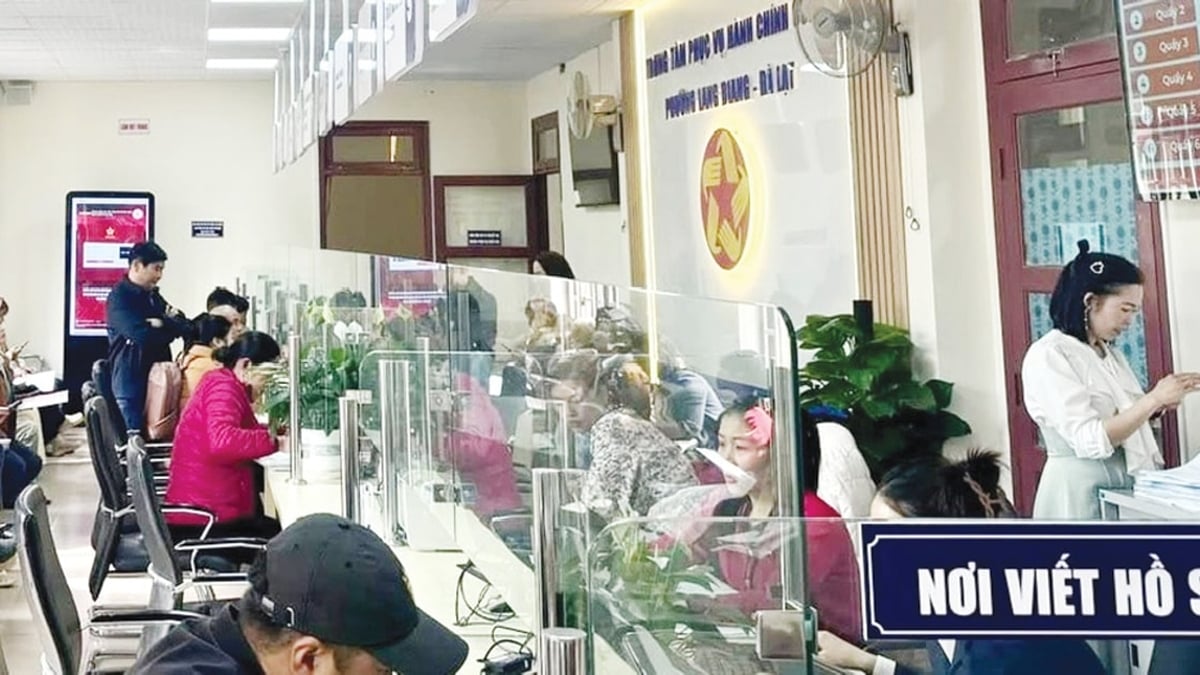
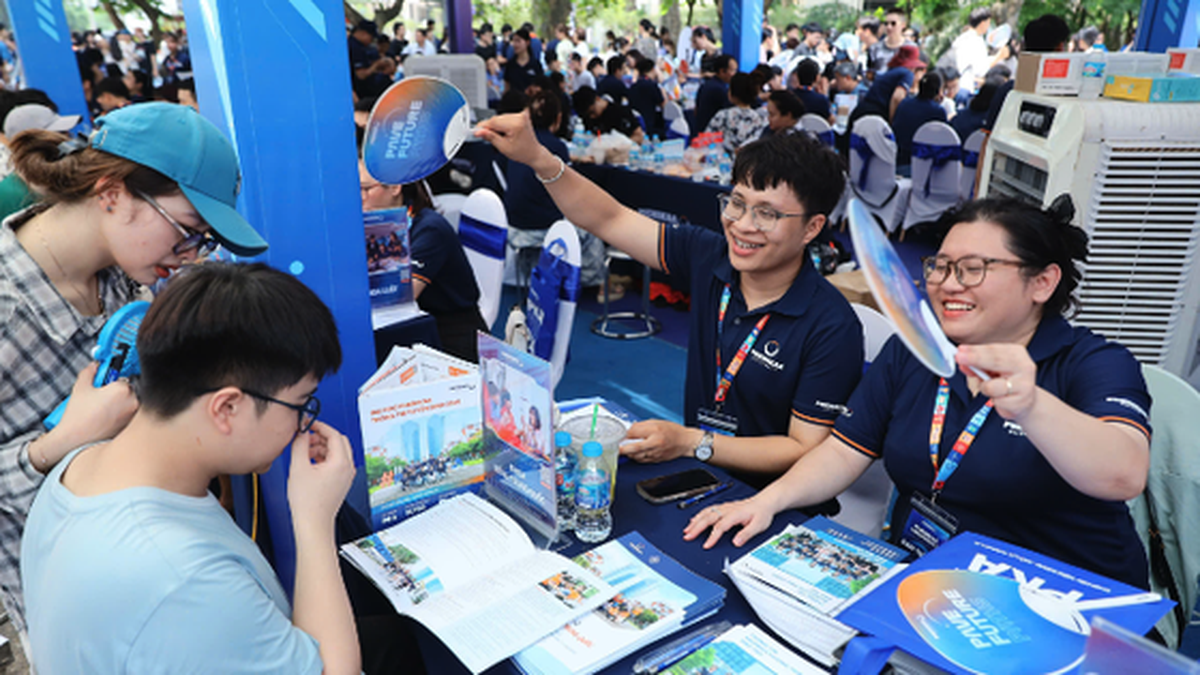
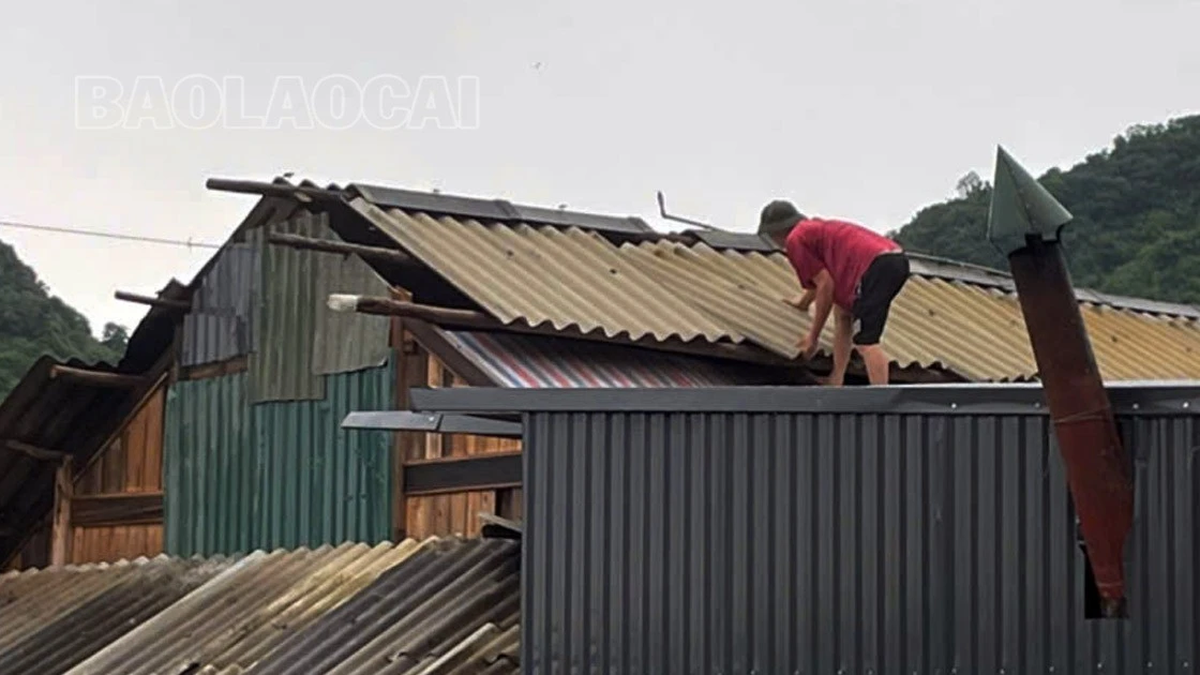
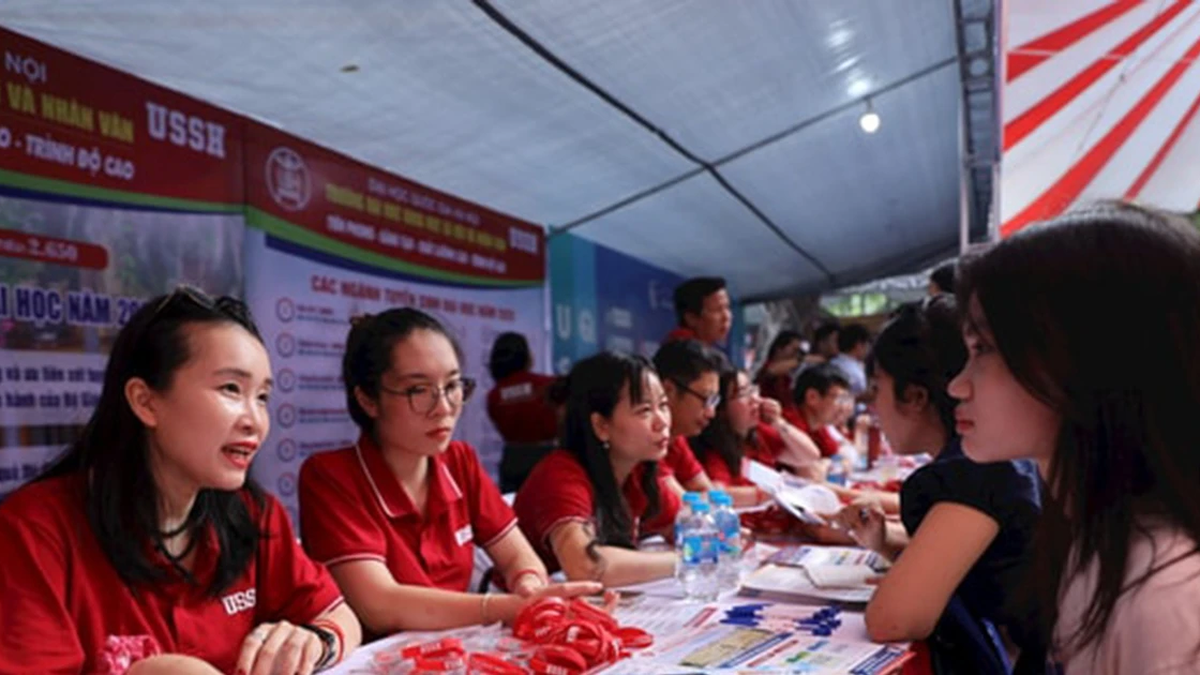
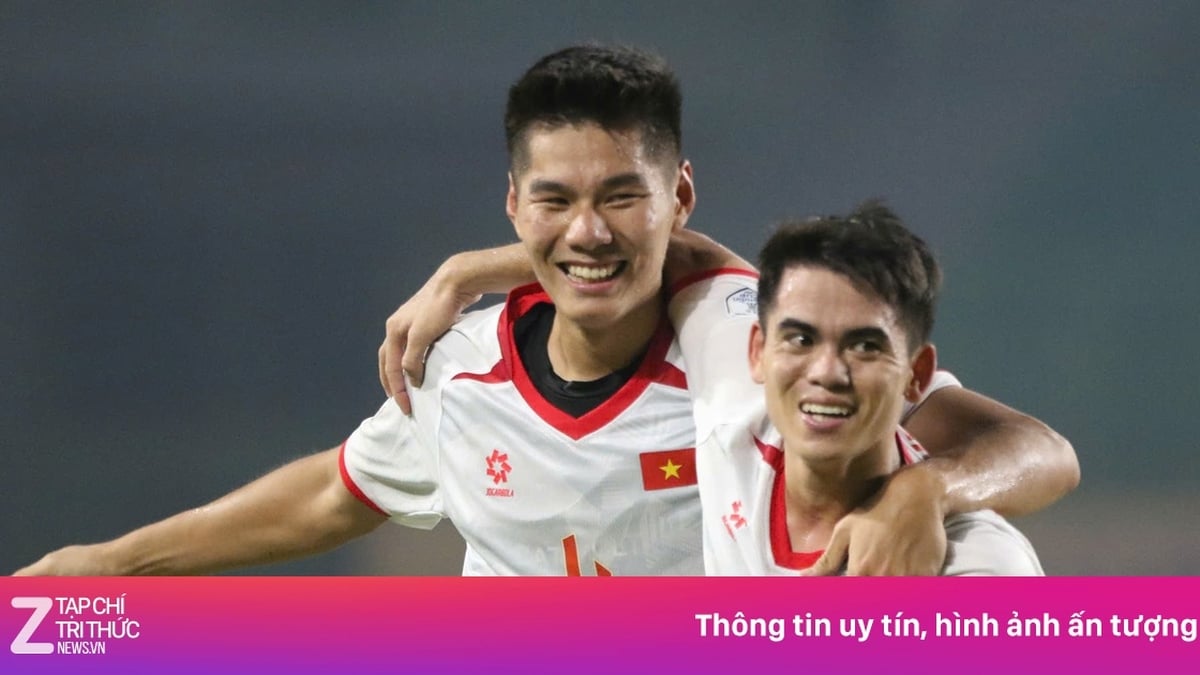
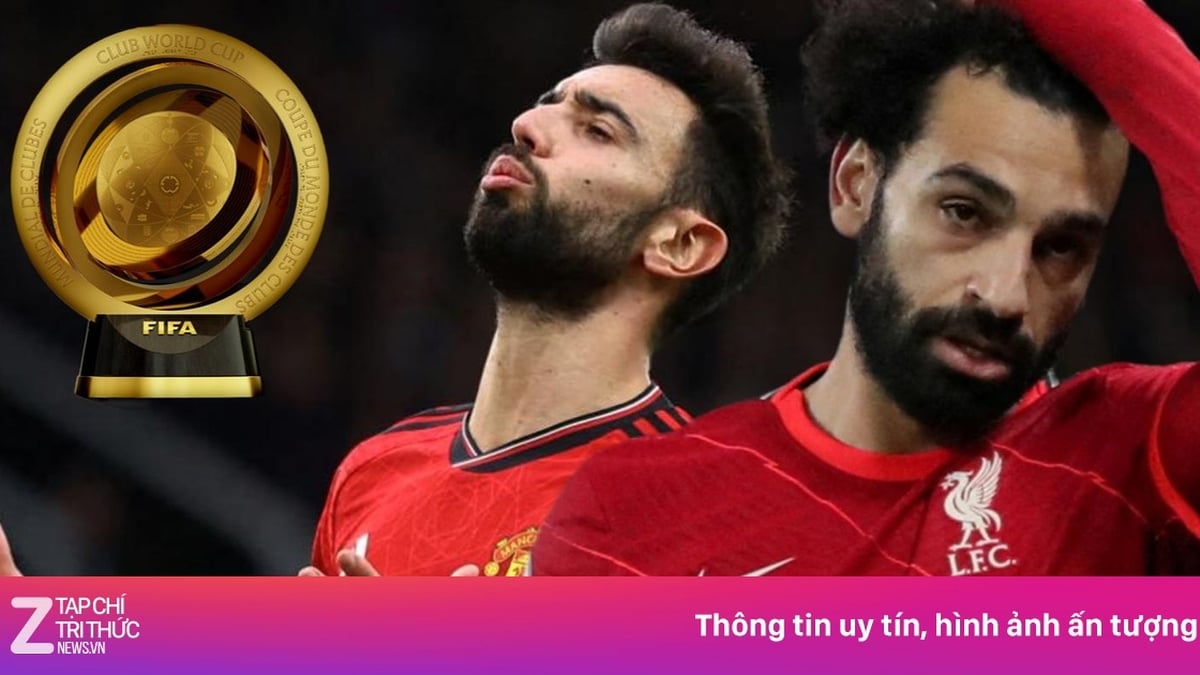
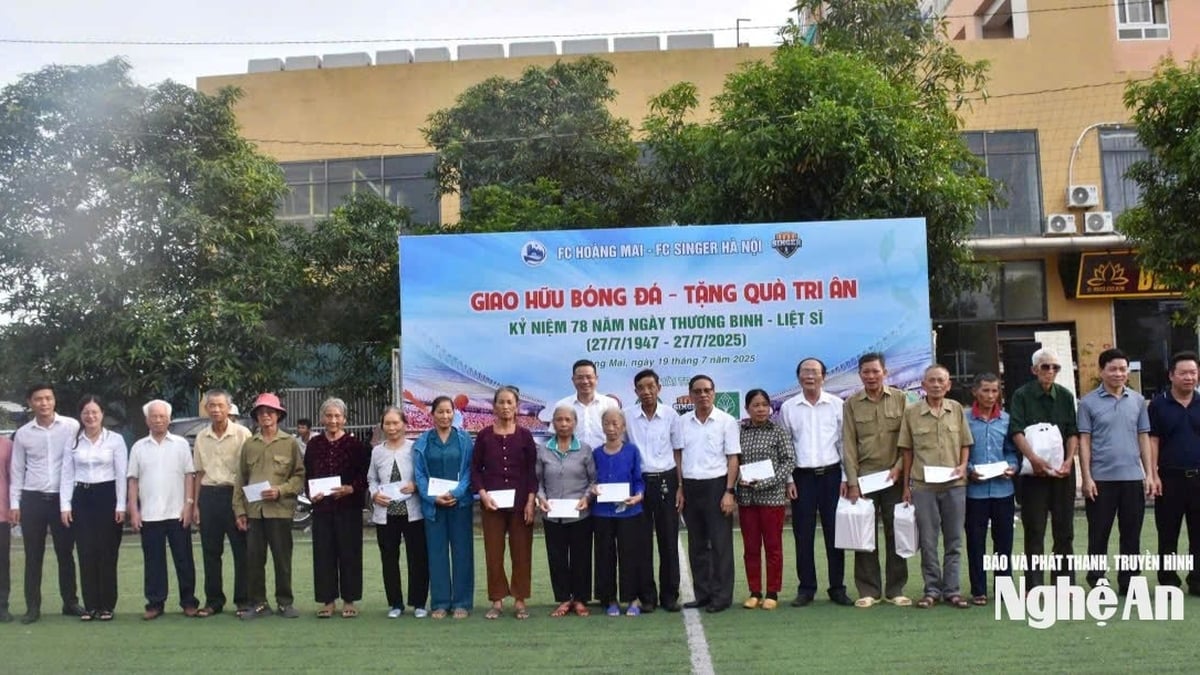
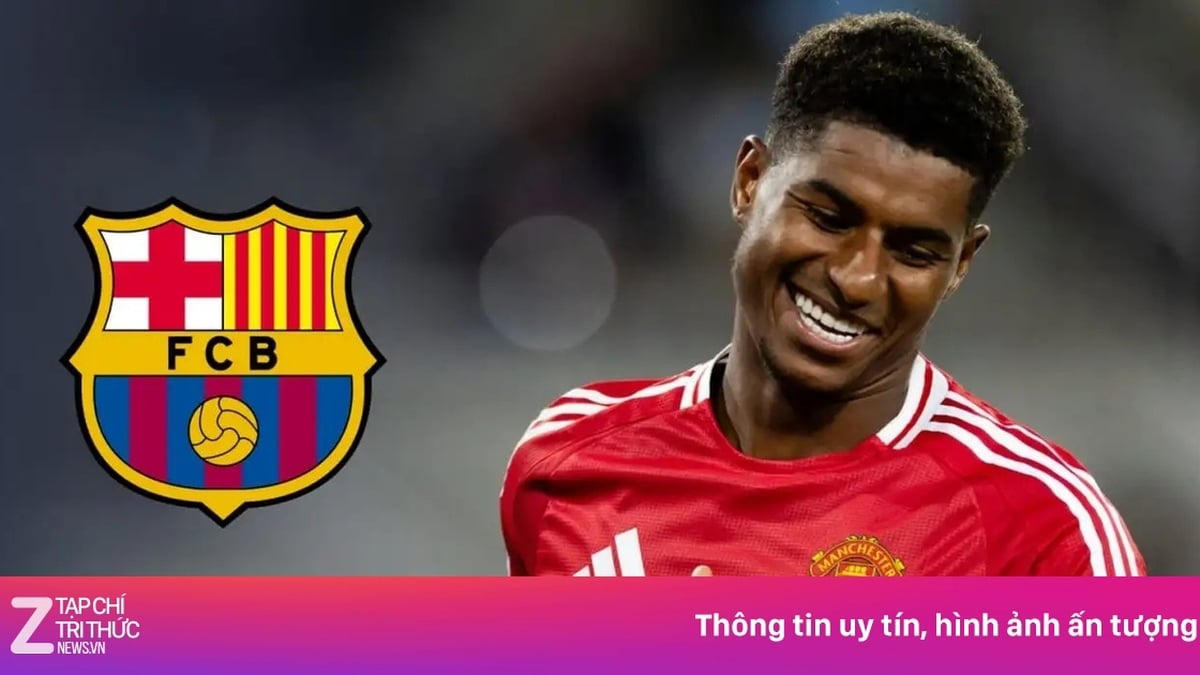
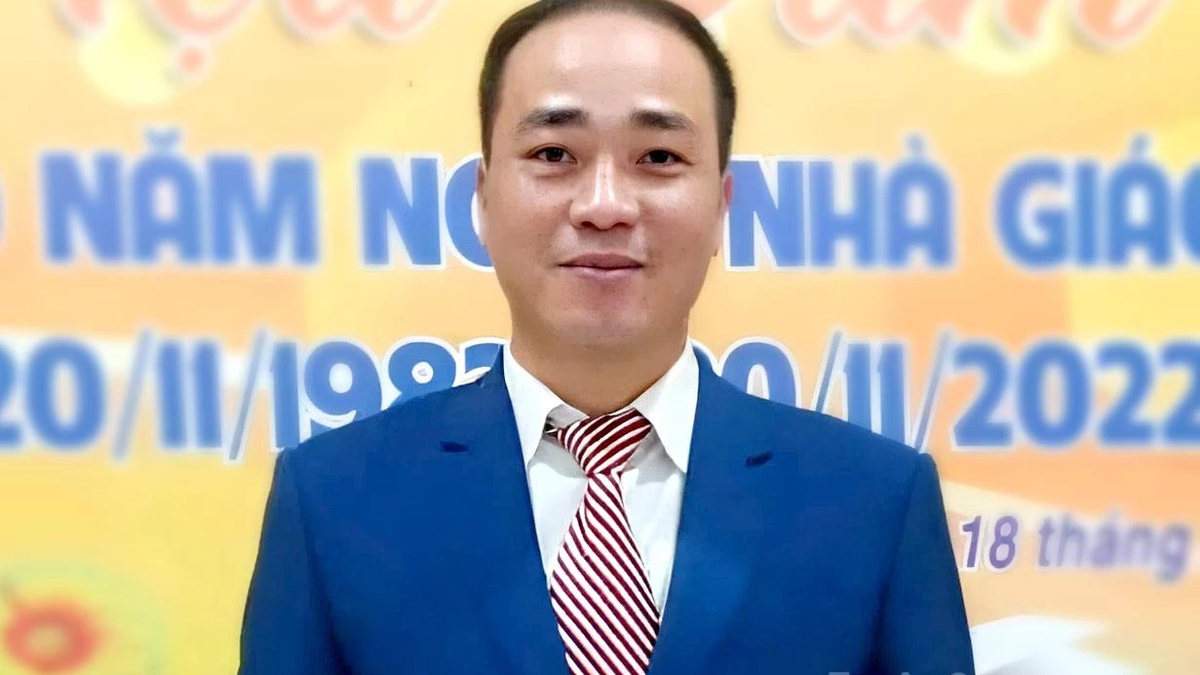
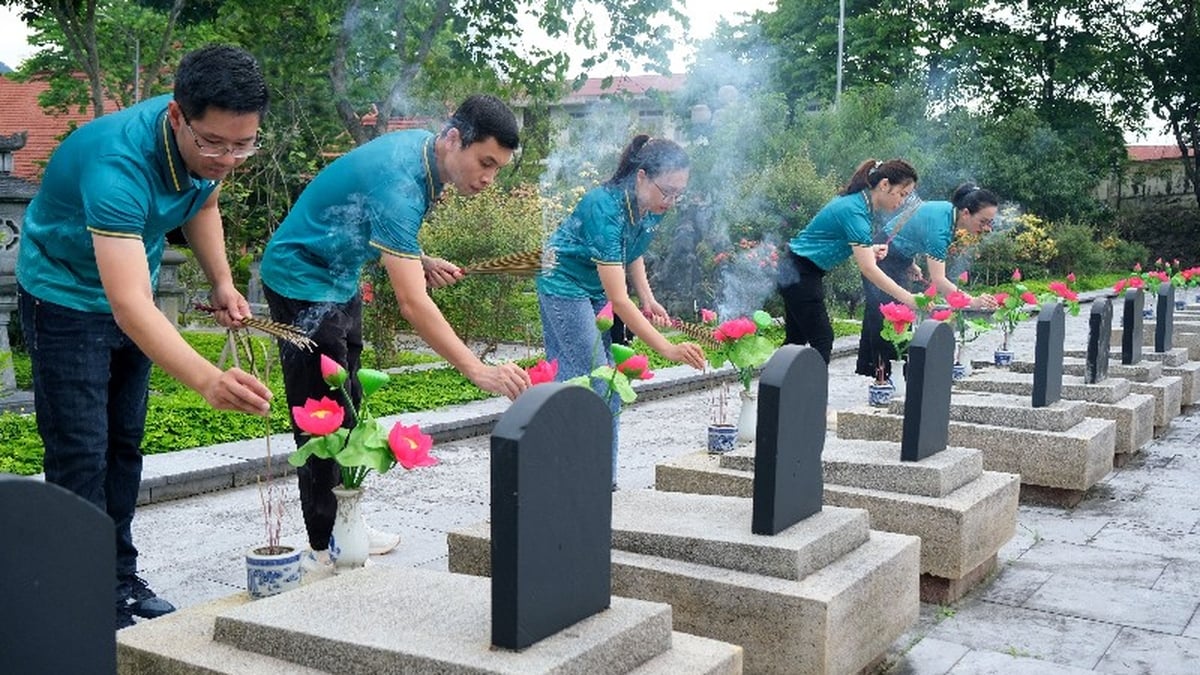














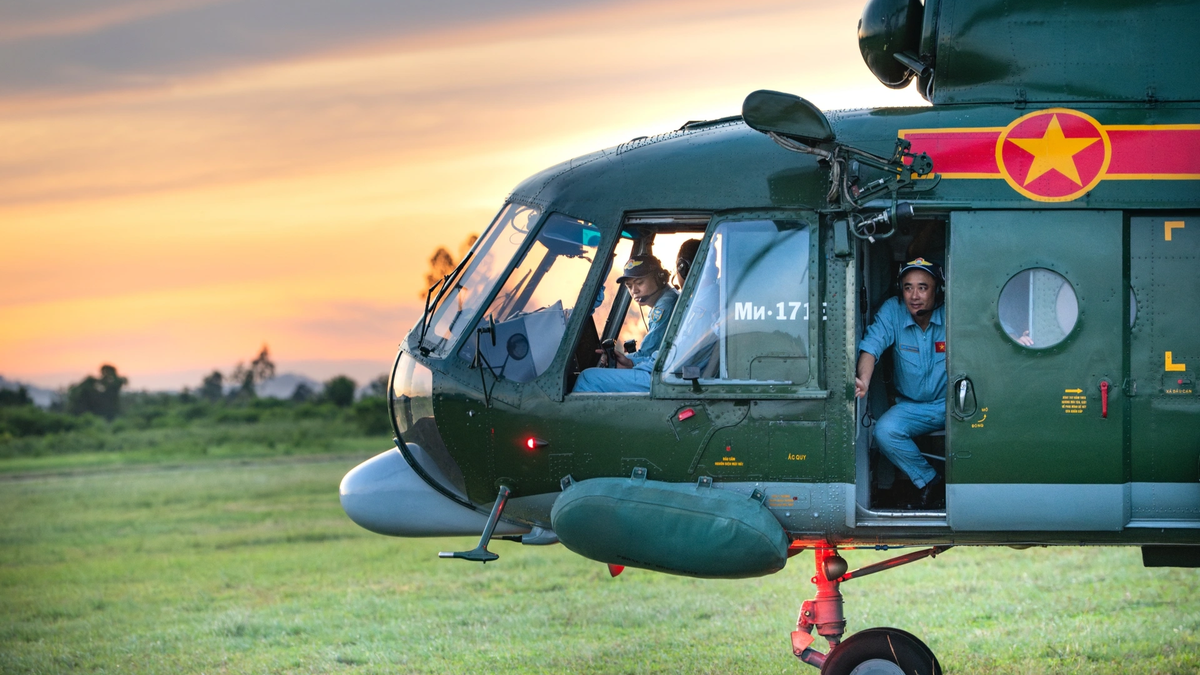

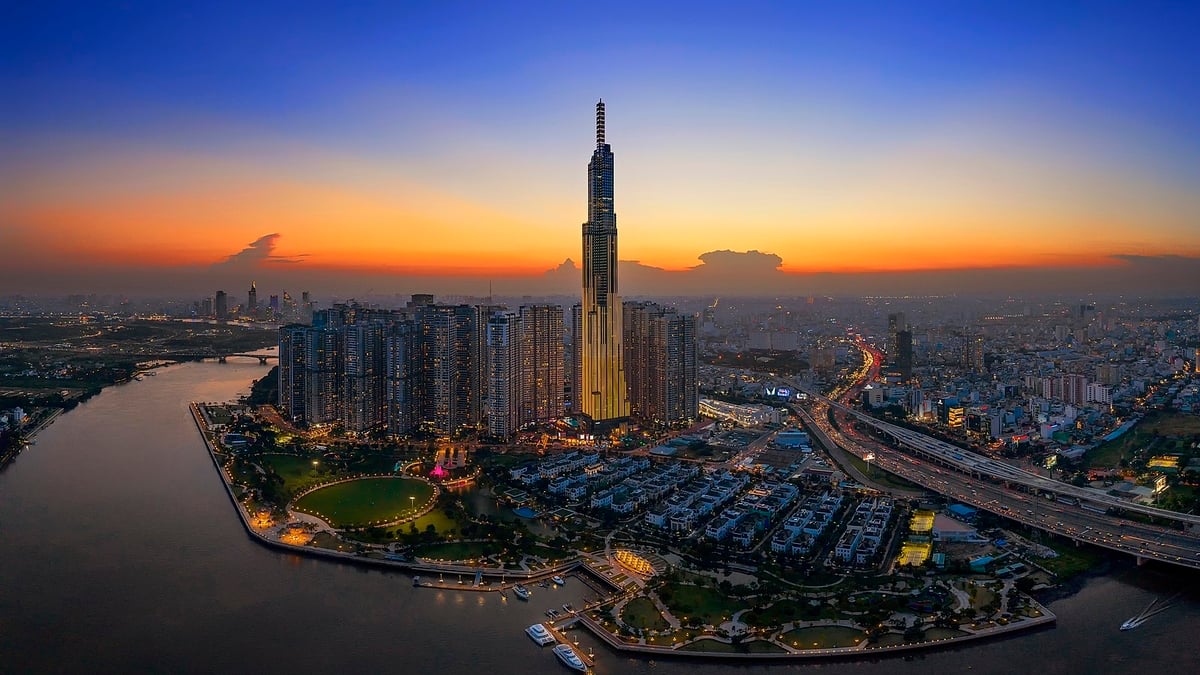
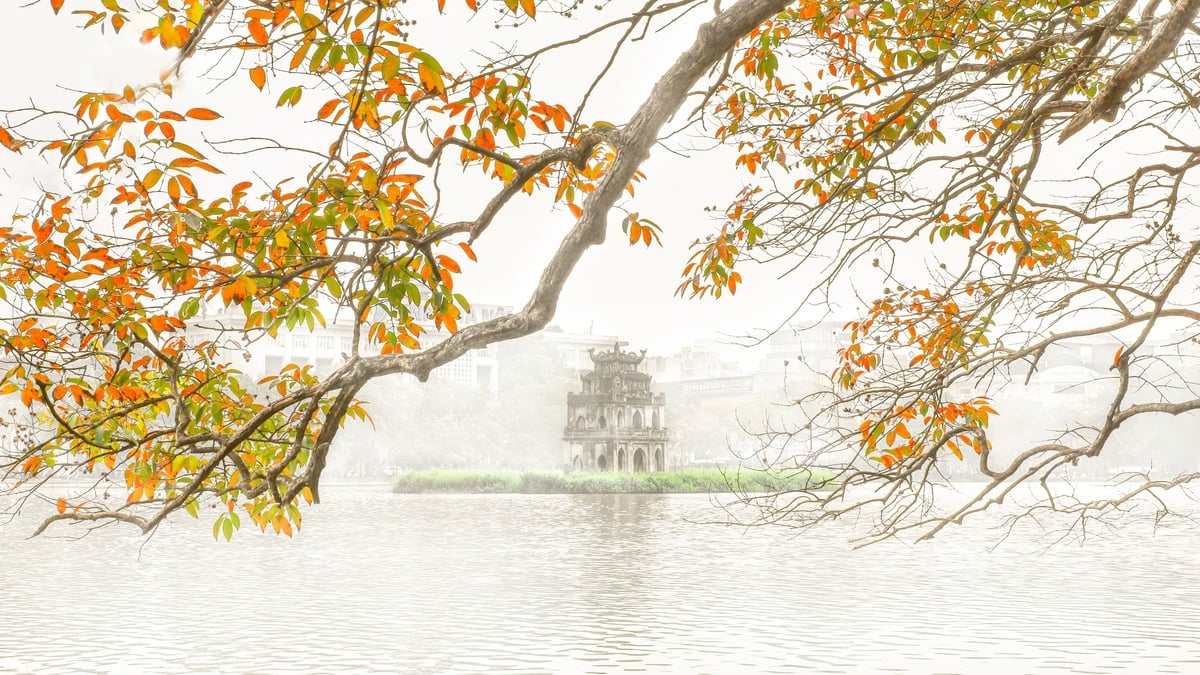


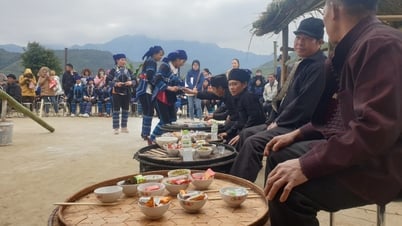







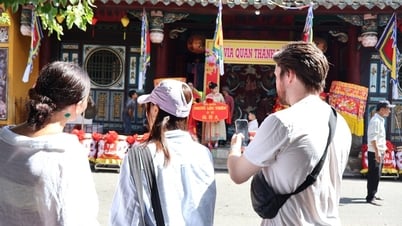



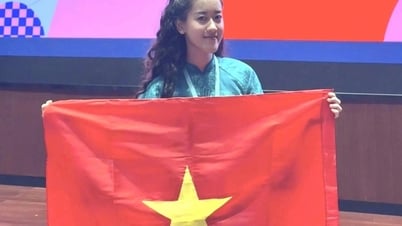



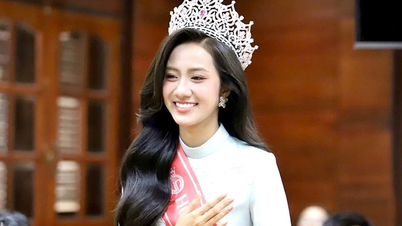

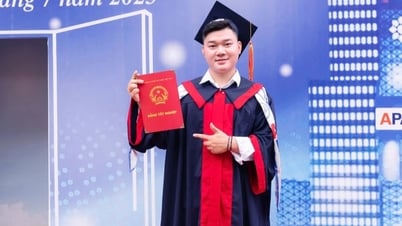
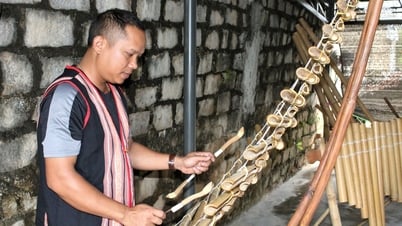








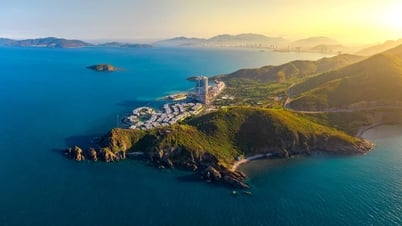

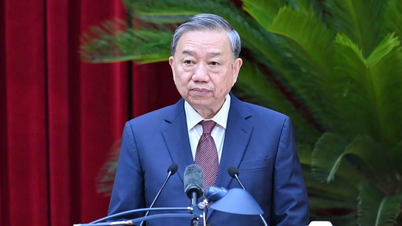
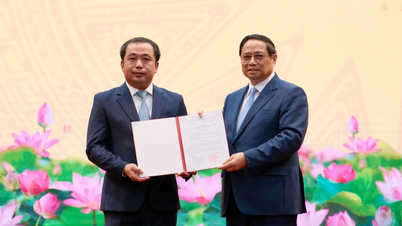
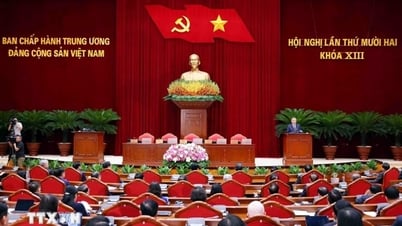


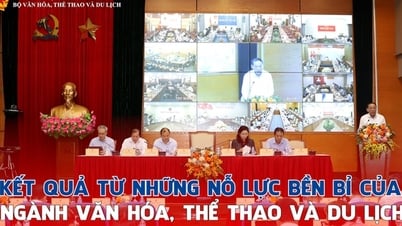

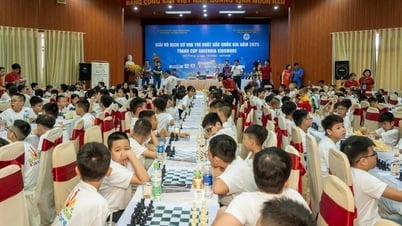

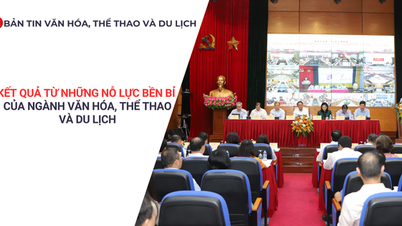
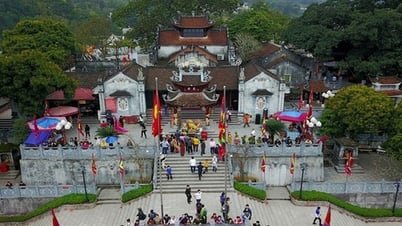
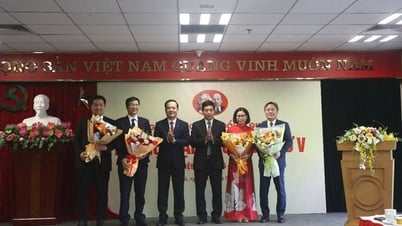






















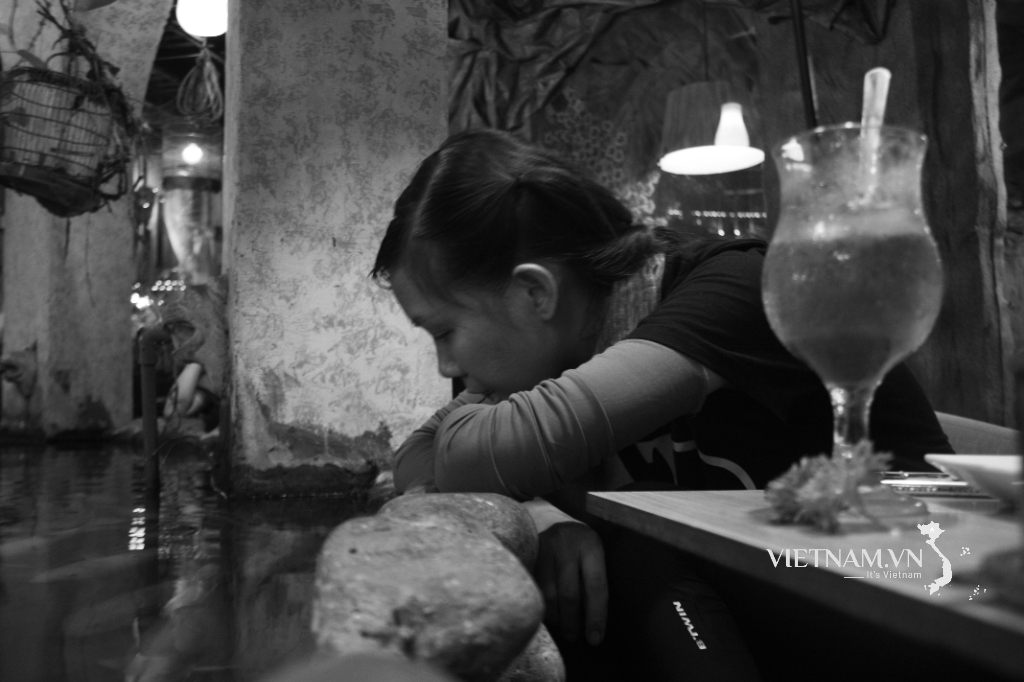


Comment (0)